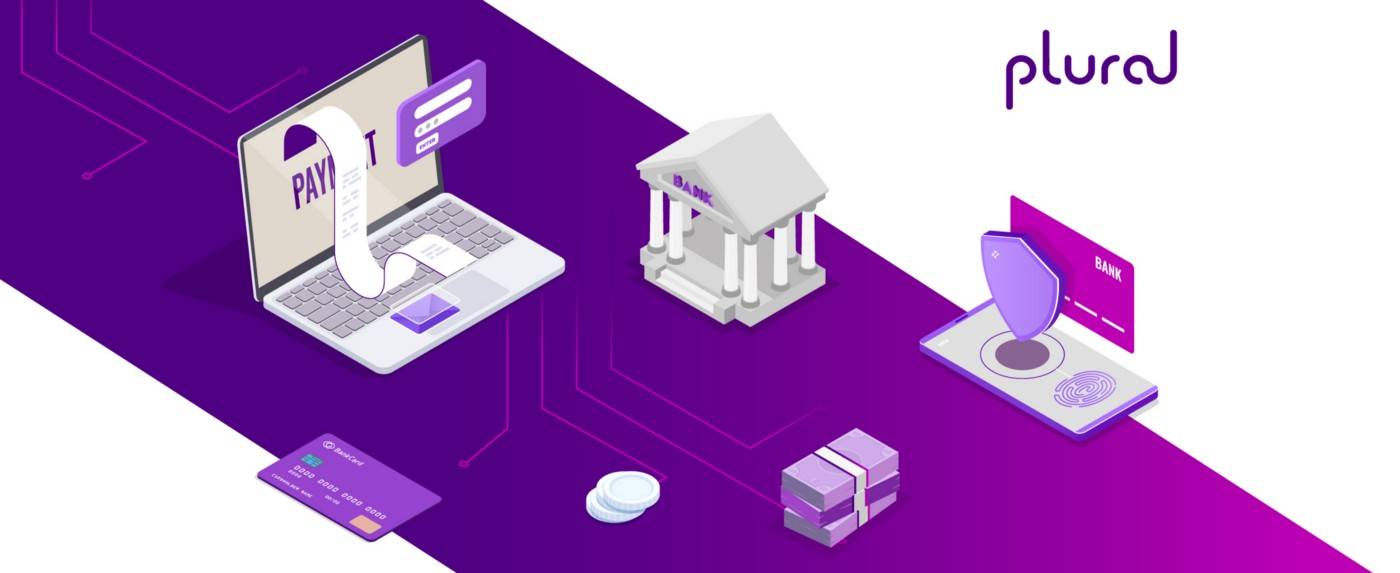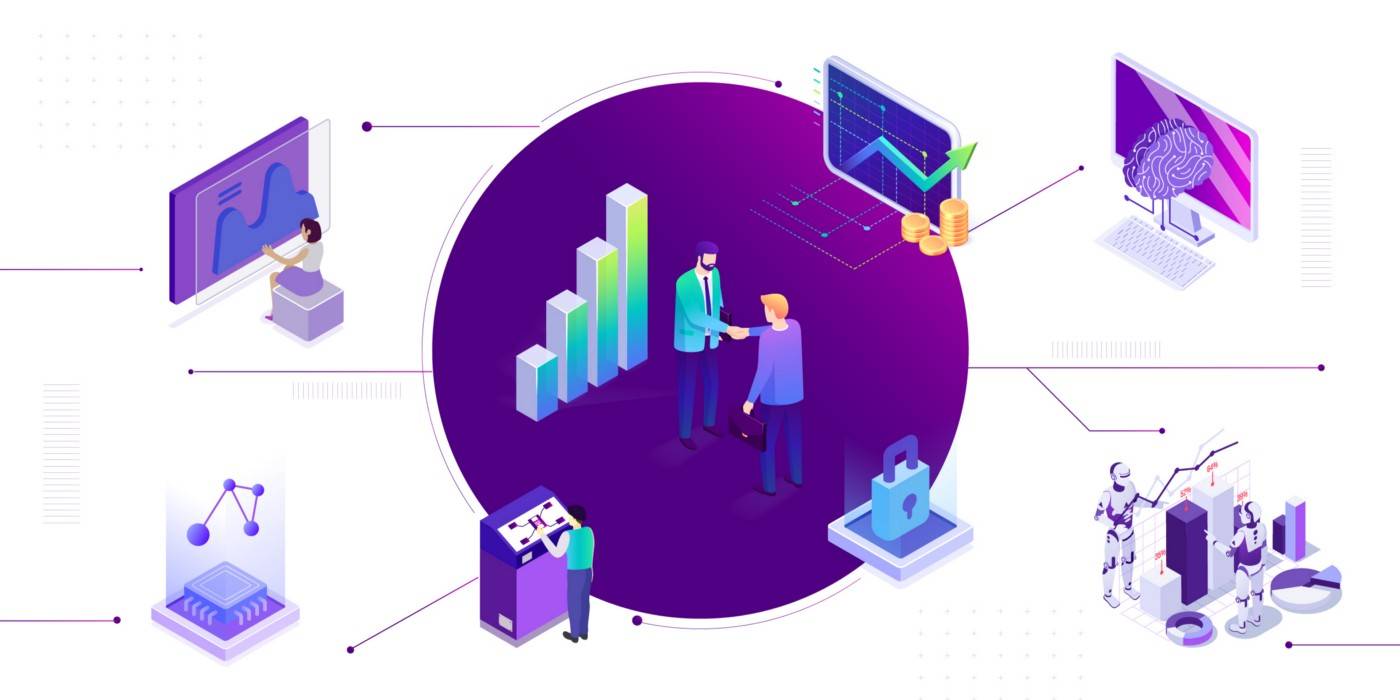India has traditionally been a cash economy, but the payment landscape is rapidly transforming with the advent of mobile payments. According to GlobalData, the value of mobile wallet payments in India witnessed an astounding growth rate of 102.7% between 2018 and 2022, reaching an impressive Rs 128.2 trillion ($1.5 trillion) in 2022.
This staggering statistic highlights mobile wallets’ increasing adoption and popularity as a convenient and secure digital payment solution. As technology advances and smartphones become ubiquitous, mobile wallets are gradually displacing traditional payment methods, such as cash and cards, becoming the preferred choice for day-to-day payments.
But do you know where it all began? This blog will delve into the evolution of digital payment solutions. But before that, let’s understand mobile wallets in detail.
What is a mobile wallet?
Imagine carrying your wallet in your smartphone, where you can store your money, credit cards, and even loyalty cards. That’s a mobile wallet for you!
It’s a digital payment solution letting you transact using your mobile device using stored money instead of physical cash or cards. To use a mobile wallet, you must first link your bank account or credit card to the online wallet app.
Then, whenever you want to make a purchase, you can simply open the app, select the payment from your digital wallet, and complete the transaction. Unlike physical wallets that can be lost or stolen, mobile wallets are protected by passcodes and biometrics, enhancing payment security.
Many wallet apps also offer features like budgeting, expense tracking, online ticketing, and in-app purchases, making your life much easier.
A brief history of digital payment systems
Do you ever wonder how the digital payment systems came to be? Well, it started in 1994, when an American financial institution called Stanford Federal Credit Union made history by launching online banking services for its customers. Soon after, Presidential Bank followed suit, offering online account access to its clients.
A noteworthy event took place during this time—the first online purchase. It was a pizza from Pizza Hut! This simple transaction paved the way for digital transformation.
One significant player in the evolution of digital payments was PayPal. Established in the late 1990s, PayPal became a global payment service provider, introducing innovative features like mobile payment apps and payments via email addresses.
In India, the mobile wallet revolution began with the launch of MobiKwik in 2009. It allowed users to store money digitally and make payments conveniently through their mobile devices. However, the game truly changed with the introduction of the Unified Payments Interface (UPI) in 2016.
UPI streamlined digital payments by enabling instant and secure transactions between bank accounts, transforming how Indians handle their finances. Today, UPI wallets, like Paytm, Amazon Pay, PhonePe, and FreeCharge, have captured the Indian digital wallet market.
Understanding the surge in mobile wallets
The mobile wallet market in India is anticipated to surpass $5 trillion in 2027. So what is the reason behind the surge in their popularity? Let’s find out:
1. Widespread smartphone adoption
The surge in mobile wallets in India can be attributed to the widespread adoption of smartphones. With the decreasing cost of smartphones and affordable data plans, more Indians now have access to mobile devices.
There are about 650 million smartphone users in India. This makes it easier to embrace digital payment solutions.
2. E-commerce growth
The rapid growth of e-commerce in India has also fueled the demand for mobile wallets. Currently, the Indian e-commerce market stands at Rs 400K Cr and is expected to touch Rs 900K Cr by FY 2026.
As more consumers shop online, digital wallets provide a convenient and secure way to make payments, eliminating the need to enter card details repeatedly and streamlining the checkout process.
3. Consumer’s need for convenience
Indian consumers value convenience, and mobile wallets offer just that. With a virtual wallet, users can make payments with a few taps on their smartphones, eliminating the hassle of carrying physical cash or cards.
Users can store multiple payment methods in their mobile wallets and access loyalty programs when needed.
4. The effect of the pandemic
The pandemic hugely accelerated the adoption of digital wallets in India. With safety concerns and social distancing measures in place, consumers turned to contactless payment options.
Mobile wallets provide a touch-free solution, minimising physical interactions during transactions, thereby becoming a popular payment choice.
Types of mobile wallets
Different types of mobile wallets are available in India that cater to various needs of the users. The common ones include:
Open mobile wallets
Open wallets let you store money and pay anyone you want. You can use them with different banks and payment systems. Examples include Paytm, PhonePe, and Google Pay.
Closed mobile wallets
On the other hand, closed wallets allow you to transact with certain businesses or sites only. You can’t use them with other payment systems. Examples include wallets from e-commerce platforms like Amazon Pay and Flipkart’s PhonePe.
Semi-closed wallets
Semi-closed wallets fall in between the above two categories. You can use them to pay specific retailers or websites with an agreement with the wallet provider. Examples include wallets like MobiKwik and FreeCharge.
What’s next for mobile wallets?
After revolutionising payments in India, mobile wallets are geared for even more exciting developments in the future. One notable trend is the concept of embedded finance, where digital wallets expand beyond traditional payment services. They are becoming comprehensive financial platforms, offering savings accounts, investments, and insurance features.
Another emerging aspect is the integration of Buy Now, Pay Later (BNPL) options within mobile wallets. BNPL services allow users to make purchases and split payments into instalments. Integrating these features and services transforms mobile wallets into a holistic financial hub, providing users with a unified financial experience.
Conclusion
Mobile wallets provide us with convenience, security, and flexibility unavailable in traditional payment methods such as cash and cards. With the increasing adoption of smartphones, the growth of e-commerce, and the need for seamless transactions, they have become an integral part of the digital payment landscape in India.
As we look to the future, it is clear that mobile wallets will continue to evolve and offer more comprehensive financial services. Embedded finance and integrating BNPL options are just glimpses of what’s to come. Choosing a reliable payment gateway becomes crucial to make the most of these advancements and ensuring a seamless payment experience.
Plural by Pine Labs offers Plural Gateway, a robust and secure payment gateway with 100+ payment methods, including mobile wallets, BNPL, and UPI options, enabling businesses to accept payment easily and efficiently. With its user-friendly interface, advanced security features, and reliable customer support, our payment gateway is the ideal choice for businesses seeking a trusted payment gateway solution.
Streamline your payment process and provide your customers with a seamless payment experience. Contact us to get started!

Amrita Konaiagari is a Marketing Manager at Plural by Pine Labs and Editor of the Plural blog. She has over 10 years of marketing experience across Media & Tech industries and holds a Master’s degree in Communication and Journalism. She has a passion for home décor and is most definitely a dog person.


